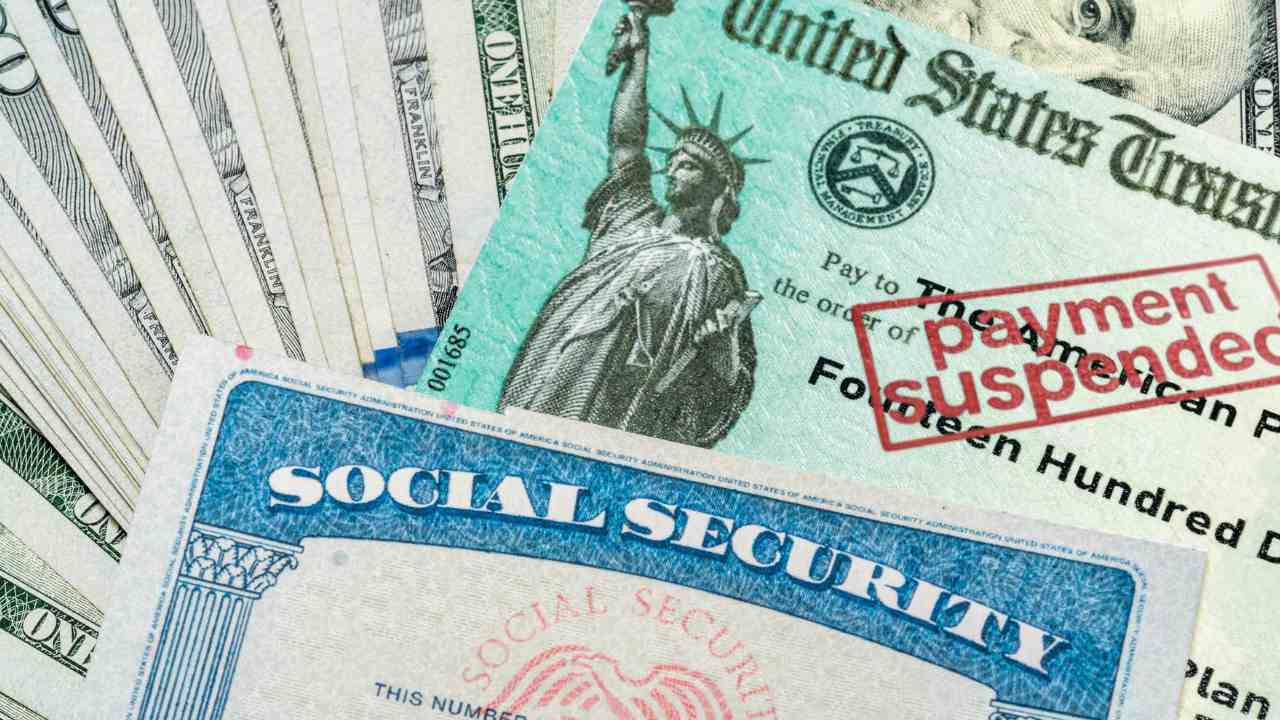The next Supplemental Security Income (SSI) payment is scheduled for July 1, 2025. This day marks the first business day of the month, following the monthly payment rule. Remember, there was no payment in June, as the May payment was made early.
Approximately 7.5 million people in the United States are beneficiaries of SSI. This group includes seniors age 65 and older, people with certified disabilities, and children who meet established eligibility requirements. It is vital support for those who need it most.
Additionally, those receiving combined benefits (SSI plus retirement or SSDI) will see their July deposits based on their date of birth. These will arrive on July 9, 16, or 23, following the usual Social Security schedule.
What exactly is SSI and who qualifies in 2025?
The SSI program is a federal program funded by the U.S. Treasury. Its purpose is to provide monthly financial assistance to people with very limited resources and income. It is not a contributory social security benefit, but rather assistance based on financial need.
The main eligibility requirements are clear: you must be 65 or older, legally blind, or have a disability that meets SSA criteria. The medical condition must substantially limit your ability to work.
A low monthly income is also required. Currently, the general limit for employment is less than $2,019 per month, although this threshold may vary depending on marital status (single or married) and family status (whether there are children or other dependents).
An SSI recipient must have limited resources to qualify
Applicants must demonstrate limited resources. The maximum allowed is $2,000 for individuals and $3,000 for couples. These resources include cash, bank accounts, stocks, and properties other than a primary residence and a vehicle.
Citizenship or a specific, accepted immigration status is totally required. Additionally, the beneficiary must reside permanently in the United States, avoiding prolonged absences from the country that could affect their eligibility.
Receiving large amounts of pensions, retirement benefits, or other income can reduce or even eliminate SSI eligibility, while for minors or those in special situations, such as youth in job-readiness programs, there are specific rules outlined by the SSA that you should consult with the SSA when applying.
SSI maximum amounts: up to $1,450 for those who qualify
The federal maximum amounts for this year are key. An individual beneficiary can receive up to $967 per month. This is the basic threshold established nationally for those with no other significant income.
For couples who are both eligible, the maximum combined amount is $1,450 per month. This represents the maximum federal support the program offers to eligible households.
Some states offer local cash supplements that increase this base amount. A prominent example is California, known for its significant additional contributions. The actual amount each person receives may be reduced by other countable income, such as employment, pensions, or valuable in-kind assistance.
Goodbye to paper checks: the big change
A crucial change is coming into effect soon: starting September 30, 2025, the U.S. Treasury will stop issuing paper checks for federal benefits, including SSI and SSDI. All payments must be made exclusively electronically.
This change directly affects approximately 494,000 SSDI, SSI, and retirement beneficiaries who still receive their payments by physical check. Many of them are older adults, residents of rural areas with limited internet access, or people who struggle with digital adaptation.
The reasons behind this transition are multiple. The goal is to achieve significant cost savings for the government; estimated at up to $657 million per year, according to official sources. Furthermore, it is expected to drastically reduce the number of lost or stolen checks, which number around 500,000 annually.
If you’re one of those who receive paper checks, the first thing you need to do is log in or create an account on my Social Security (the SSA’s online portal). Within the account, you must select the Direct Deposit option and provide complete bank details: bank name, account type (savings or checking), account number, and routing number.
If you don’t have a traditional bank account, you can apply at your SSA office or by phone for the Direct Express card. This is a government-issued prepaid credit card where benefits are automatically deposited and has no usage, annual, or purchase fees.




